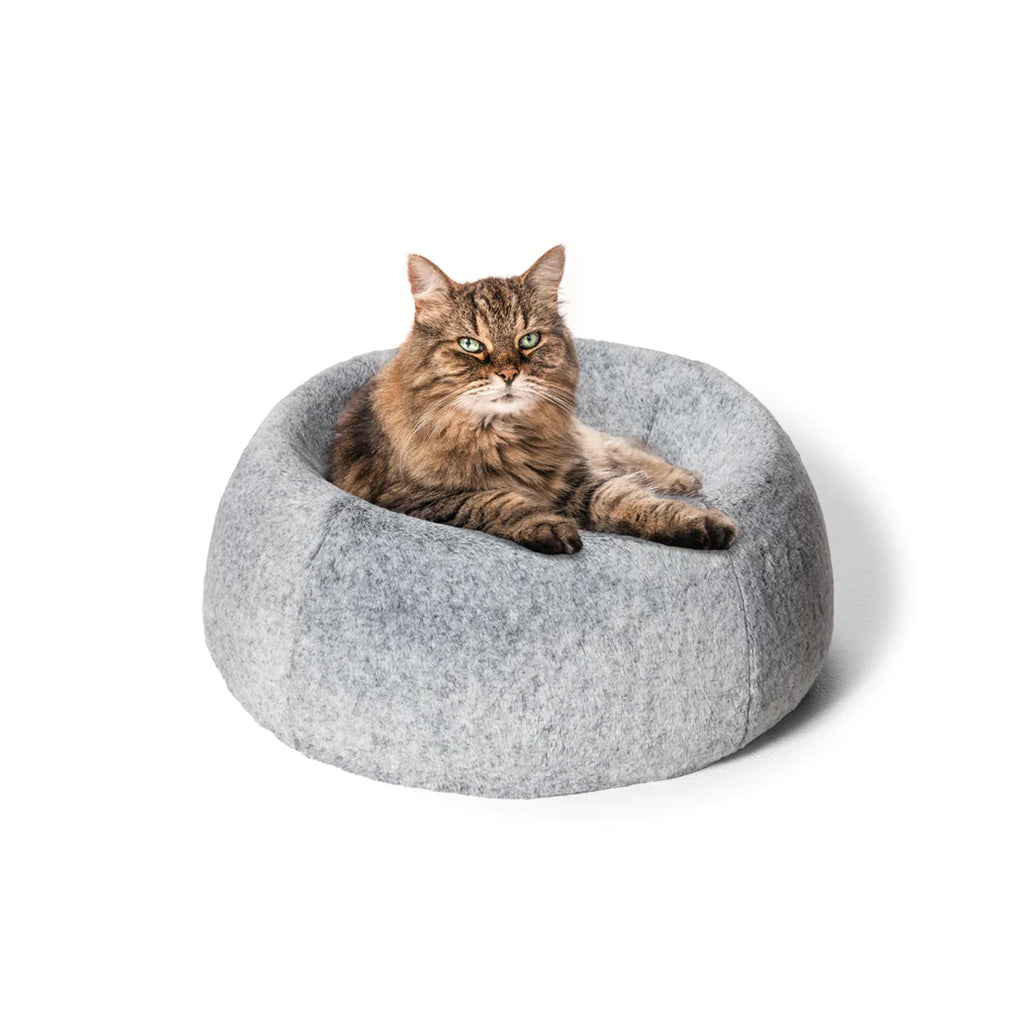As pet caregivers, we understand that our beloved pets merit a comfortable space to sleep. With an ever-evolving market, it's important to stay informed about the newest trends in pet beds for 2023. Ranging from orthopedic options to environmentally-friendly materials, there are new designs and features that address the specific requirements of pets. This year, pet beds go beyond mere practicality; they mirror our pets' ways of living and preferences, as well as our increasing commitment to their health and comfort.
Picking the ideal bed involves considering factors like your pet's sleeping position, age, and including size. Regardless of whether your pet is a young dog or an aging cat with joint pain, there is a perfect bed out there. In this article, we will discuss key aspects of pet bed selection, including clues your pet might require a more comfortable bed, how to measure for the perfect fit, and the benefits of features like removable covers or chew-resistant materials. Let's explore the realm of pet beds and find out what is popular this year, to ensure your beloved pet enjoys restful and rejuvenating sleep.

spintax ### Selecting the Ideal Pet Bed
Choosing the perfect pet bed for your beloved pet can be challenging, considering the multitude of options available. Begin by evaluating the specific requirements of your pet, such as their size, age, and any medical issues they may face. For instance, senior canines and cats often benefit from orthopedic beds that provide extra support for their bodies, while younger pets may prefer more plush, cushy options. Assessing your pet's sleeping habits and preferences can also inform your decision, as some pets like cozy positions while others enjoy stretch out.
Once you have an awareness of your pet's requirements, measuring them accurately is essential. This ensures that the bed you choose provides the appropriate fit, promoting ease and safety. To measure your pet, take into account their size from nose to tail and their height when lying down. It's a good idea to add a few inches to these dimensions to accommodate any changes in position. Remember that big dogs may need extra-large beds, while small dog or cat beds must provide a snug environment without being cramped.
Finally, assess the materials and characteristics of potential beds. Strength is important, especially for pets that are prone to chew or dig. Look for eco-friendly options made from non-allergenic materials, particularly if your pet has allergies. Additionally, consider functional features such as removable and washable covers for convenient cleaning, as well as the benefits of cooling or heating elements depending on your environment. By taking these factors into account, you can ensure that you choose a bed your pet will truly enjoy.
Important Factors for Various Types of Pets
When choosing a pet bed, it's critical to consider the unique requirements of different animals. For canines, factors such as size, breed, and age play a crucial role. Large breed dogs often require roomy and sturdy beds that can support their weight, while smaller breeds may prefer cozy, enclosed styles that provide a sense of security. Additionally, senior dogs may find relief in orthopedic or memory foam options that alleviate discomfort and offer added support as they age.
Felines, on the other hand, have different preferences that should be considered. Many cats enjoy covered or shaded areas where they can snuggle and feel safe. The choice between an open bed or a covered one can greatly influence a cat's comfort level. Moreover, a bed located near a window or a warm spot can enhance a cat's satisfaction, as they love to bask in the sun.
Careful attention should also be given to pets with unique health requirements. For instance, pets suffering from anxiety often do well with calming beds that offer security and support. Additionally, hypoallergenic materials are important for pets with allergies, while beds designed for temperature regulation can help pets that get too hot. Ultimately, selecting the right bed for your beloved pet involves understanding their individual likes and health requirements.
Looking after Your Pet Bed
To keep your pet bed in excellent condition, frequent cleaning is essential. Based on the materials used, most pet beds are washable in a machine, making it simple to get rid of fur, dirt, and odors. For beds with removable covers, launder the cover often to ensure hygiene. For those without removable covers, check the manufacturer's care instructions for recommended cleaning methods. Spot cleaning with animal-friendly detergents can also help deal with specific stains without full wash.
Inspect your pet bed regularly for signs of deterioration. Look for frayed seams, loose stuffing, or any damage that could affect your pet's comfort or safety. If Snooza Pet Futon notice any issues, consider repairing the bed if possible, or substituting it if it is beyond repair. A well-maintained bed not only provides comfort but also ensures your pet's health by reducing the risk of allergens and bacteria.
Finally, reflect on the timing of when to substitute your pet bed. Pets, especially those with joint pain or special needs, may require more regular replacements. In most situations, it is recommended to change out your pet's bed every two to three years, based on usage and condition. Keeping track of the bed's duration helps ensure that your furry friend regularly has a comfortable and supportive place to rest.
